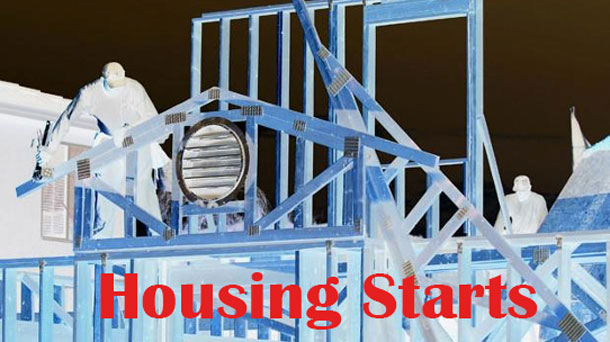
Second quarter regional highlights:
- Aggregate price of a home in Canada rose 25.3% year-over-year in the second quarter
- Demand expected to outstrip supply with upward pressure on prices, yet the pace of increases should moderate as peak price appreciation was reached in early Q2
- Greater Montreal’s aggregate home price forecast to increase 17.5% year-over-year; the highest in Canada among forecasted regions
- Detached house prices continue to outpace condo appreciation, but the gap is narrowing
- Post-pandemic policies needed to address chronic low inventory challenges
- Proposed increase to municipal land transfer tax in the City of Toronto could further reduce housing supply
TORONTO – Business- According to the Royal LePage House Price Survey released today, the aggregate1 price of a home in Canada increased 25.3 per cent year-over-year to $727,000 in the second quarter of 2021, as inventory shortages continue across the country. Eighty-nine per cent of the regions surveyed saw year-over-year double-digit aggregate price gains, driven largely by increases in the single-family detached property segment. However, the level of competition seen in recent months is beginning to slow.
The Royal LePage National House Price Composite is compiled from proprietary property data, nationally and in 62 of the nation’s largest real estate markets. When broken out by housing type, the median price of a single-family detached home rose 27.1 per cent year-over-year to $765,000, while the median price of a condominium increased 11.7 per cent year-over-year to $525,000. Price data, which includes both resale and new build, is provided by Royal LePage’s sister company RPS Real Property Solutions, a leading Canadian real estate valuation company.
During the second quarter, the company revised its House Price Survey methodology, including geographical boundaries and housing types. Royal LePage’s aggregate prices are calculated using a weighted average of the median values of all housing types collected. This improves accuracy as surges of transactions in the upper end or lower end of the real estate market are less likely to skew results.
Forecast
Royal LePage is forecasting that the aggregate price of a home in Canada will increase 16 per cent to $771,500 in the fourth quarter of 2021, compared to the same quarter last year. The previous forecast, released in April, 2021, has been revised upward to reflect the current state of the market. While the rate of price appreciation is decelerating, a boost in demand is expected in the fall from foreign students, newcomers and investors as pandemic-era restrictions are lifted and the effects of the global health crisis wane.
“Over the past six months, soaring prices and intense competition for the limited supply of homes for sale have left many Canadians frustrated with their inability to improve their housing situation. As home prices stabilize, many of these potential buyers, who will have had time to build up a larger down payment, should have an opportunity to transact,” said Soper.
With COVID-19 cases on the decline and rates of full immunization rapidly rising, a return to pre-pandemic life seems imminent. This will mean a boost in immigration, the return of jobs in the hospitality and tourism industries, and the return of foreign students.
“Household formation will undergo another major shift before the end of the year, with many young Canadians who chose to move in with parents during the lockdowns looking for their own places to live. As the hospitality industry reopens and employment opportunities abound, new sources of housing demand will emerge. Finally, we will welcome back hundreds of thousands of foreign students and a new wave of immigration. All of these people need to put a roof over their heads, which will encourage a wave of entrepreneurial landlords – investors eager to provide rental accommodation.
“These new sources of demand should sustain the housing market at buoyant levels through the all-important spring market in 2022,” Soper concluded.
Housing supply and government policy
A systemic housing supply shortage remains the biggest threat to Canadians’ dreams of home ownership, or even a decent home to rent. Driven by the country’s ambitious economic growth plans, the population will continue to expand. With a lack of housing inventory in markets from coast to coast, competition for available property will remain acute and home prices will continue to rise.
“Policy makers in this country have struggled for years to address our housing supply crisis,” stated Soper. “All too often our political leaders fall into the ‘quick fix’ trap, throwing new taxes or regulations at the housing economy which do little but temporarily push people to the sidelines, creating pent-up demand. That temptation looms large now. Yet, what Canadians do not need are pandemic-era policies in a post-pandemic economy. We need to address the fundamental flaws in our development approval processes, so we may someday have the homes our people require. It is our only hope to address housing affordability.”



